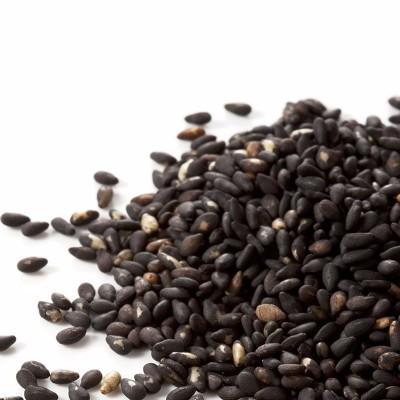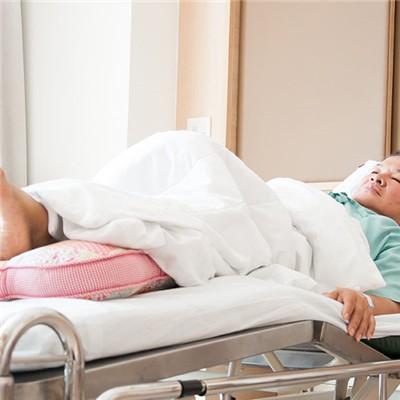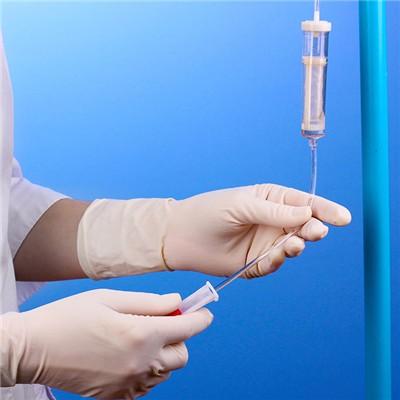Symptoms of Gnathostoma disease?
summary
Gnathostomasis is a rare disease in China. The pathogen is the third stage larvae of Gnathostoma spinigerum. Clinically, it is characterized by transitional subcutaneous mass and eosinophilia. In addition, the third stage larvae of M. Echinostoma can also invade deep tissues and organs, such as brain, lung, eye, liver and kidney, causing visceral Echinostoma echinococcosis.
Symptoms of Gnathostoma disease?
After 24-48 hours of infection, the patient may have low fever, general fatigue, urticaria, nausea, vomiting, upper abdominal pain and other symptoms. According to the differences of the migration sites of Echinostoma echinococci in human body, it can be divided into two clinical types: cutaneous and visceral.

In most cases, the larvae migrate in the subcutaneous tissue 3-4 weeks after infection, producing symptoms and signs. The most common sign is local skin transitional mass, which can appear intermittently. Each occurrence lasted for 1-2 weeks. Local skin showed non depressed edema with pain, pruritus or erythema. The migration path may be pigmented. With the prolongation of the course of disease, the number of attacks can be reduced, the symptoms can also be alleviated, and the attack time can be shortened. This disease sometimes presents as creeping rash, skin nodule or abscess. Occasionally, the larvae can drill out of the skin by themselves.

Central nervous system diseases: nerve root myelitis, meningoencephalitis and subarachnoid hemorrhage are more common. If the larva moves to the spinal cavity, it can stimulate the nerve root and cause severe pain and burning sensation. A few days later, there was paralysis or paraplegia. * paralysis is mainly paraplegia accompanied by urinary retention. If the larva burrows into the skull, it can cause meningeal and brain tissue lesions, severe headache, jet vomiting, disturbance of consciousness, cerebral palsy or limb paralysis. Larva drilling into the subarachnoid space is easy to cause hemorrhage, and the patients show sudden severe headache, vomiting and meningeal irritation. CSF is bloody and contains more eosinophils. The disease is often more serious than Angiostrongylus cantonensis, with higher mortality and more common sequelae.

matters needing attention
1. More to light food, pay attention to diet. 2. Eat properly according to the doctor's advice. 3. The disease does not have too much taboo on diet, reasonable diet can be.











